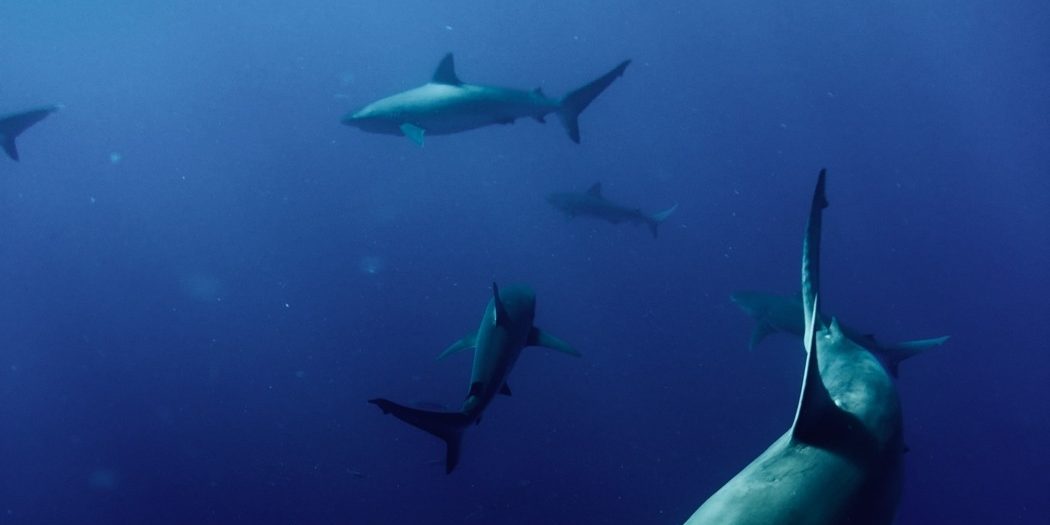Our oceans are being starved of oxygen due to climate change
Oxygen is a key element involved in the function of ocean ecosystems, as it is essential for millions of aquatic species. Over the past 50 years, however, the effects of climate change have drastically changed the concentrations of oxygen in the world’s oceans. During this period alone, the number of “dead zones” (areas of the ocean where oxygen is effectively absent) have quadrupled.
This puts vital ecosystems in danger of collapse, with species such as sharks and tuna being some of the most affected. Whilst all fish need dissolved oxygen, big fish need much higher quantities of it. Due to the reduction in oxygen levels, these fish are increasingly likely to search for oxygen in shallower and surface waters, which endangers their safety as they become more vulnerable to fishing.
Depleting oxygen levels are associated with a combination of important factors, including increasing carbon dioxide levels, overfishing and increasing plastic waste. Yet, one of the most important factors is the increasing global temperature as it also increases the temperature of the oceans. Warmer water is less able to hold oxygen than colder waters, and the increasing water temperature causes stratification, a process which prevents the vital mixing of oxygen rich and oxygen poor areas.
Restoring our marine ecosystems is of increasing importance when aiming to correct the climate crisis
Fertiliser used in intensive farming has been another factor playing an increasingly significant role. This causes a process called eutrophication, which causes an algal bloom, limiting oxygen in two ways: it blocks sunlight so marine plants cannot photosynthesise to produce oxygen and it depends on decomposing bacteria which need high quantities of oxygen to function.
Some areas naturally have lower oxygen concentrations, this depends on the species that live there and their oxygen requirements. For example, jellyfish can tolerate much lower oxygen concentrations than most fish. However, this makes the areas naturally low in oxygen even more susceptible to damage because if their oxygen levels deplete further, most species would not be able to survive, and could bring them close to extinction.
Another shocking statistic states that there are at least 700 areas where oxygen is dangerously low and approaching the classification of “dead zones”. When the same study was carried out in the 1960s, however, this number was only 45, showing how the urbanisation and recent effects of climate change are having a huge impact on not only us but also on our oceans.
Restoring our marine ecosystems is of increasing importance when aiming to correct the climate crisis. Currently, reducing fertiliser run off and restricting fishing are the key solutions being striven for.

Comments